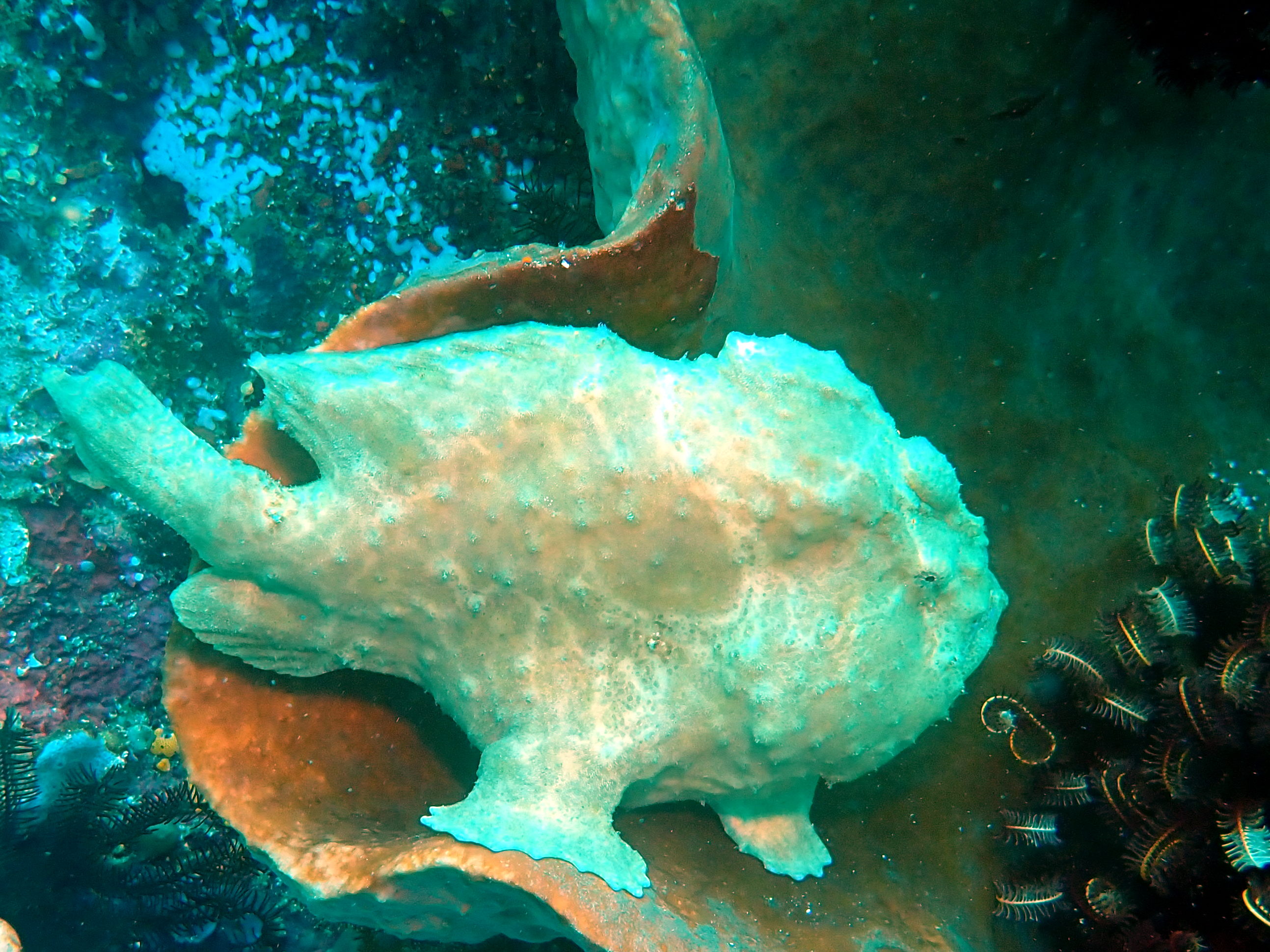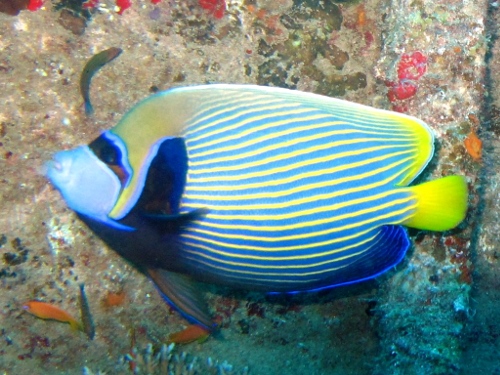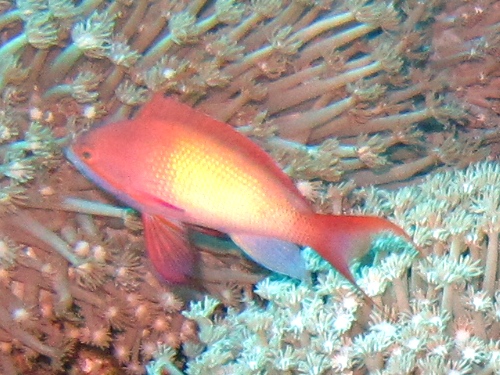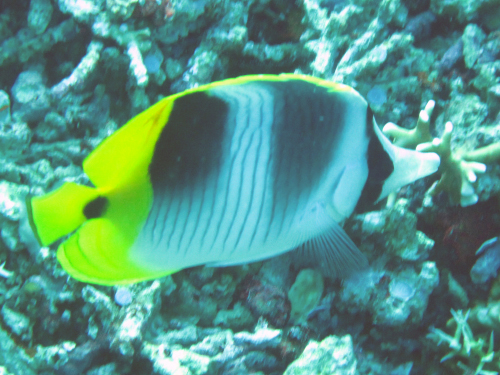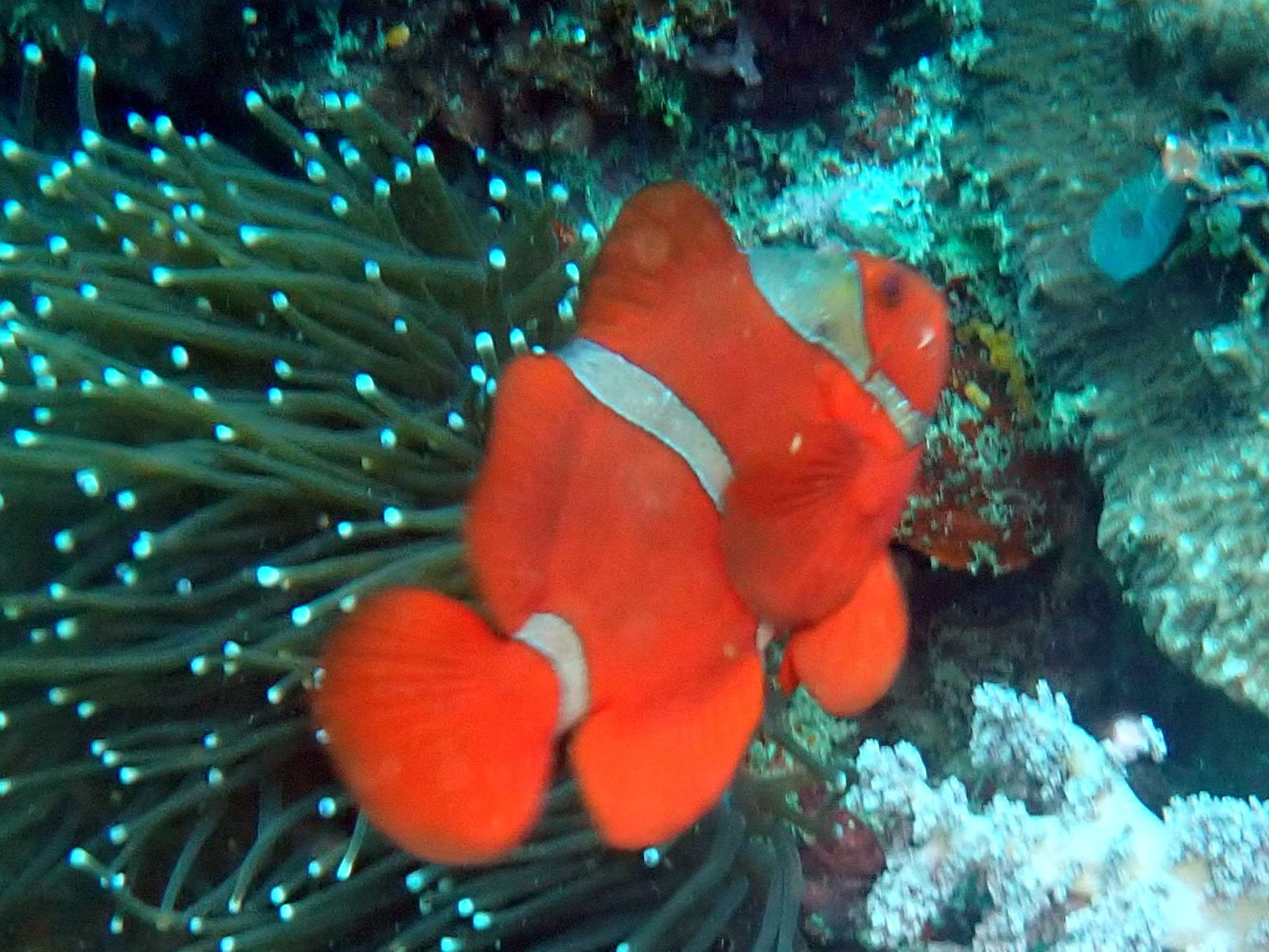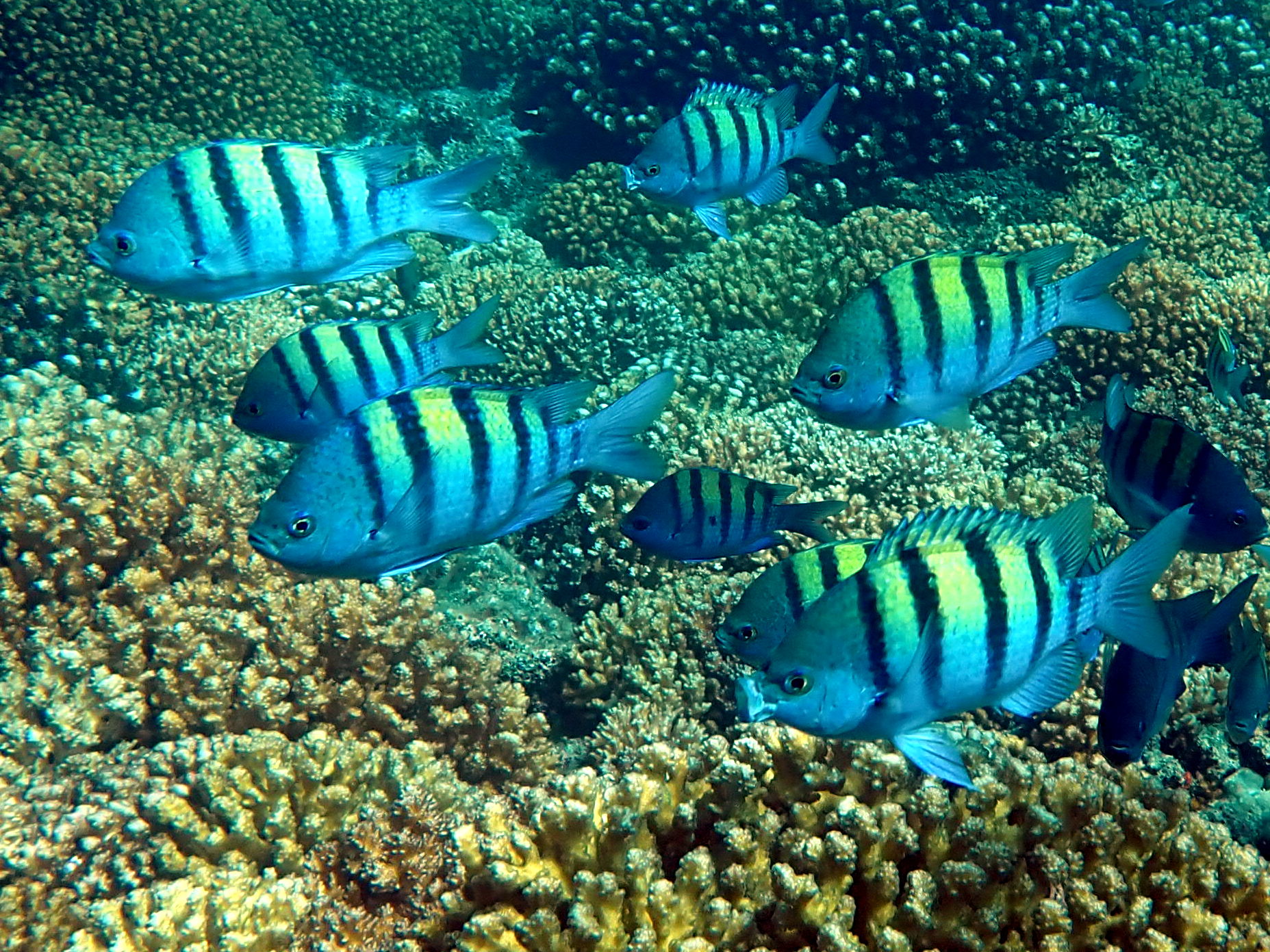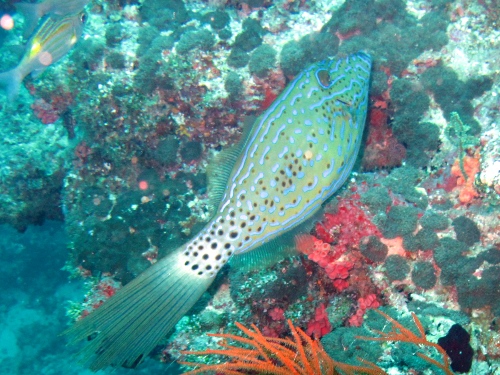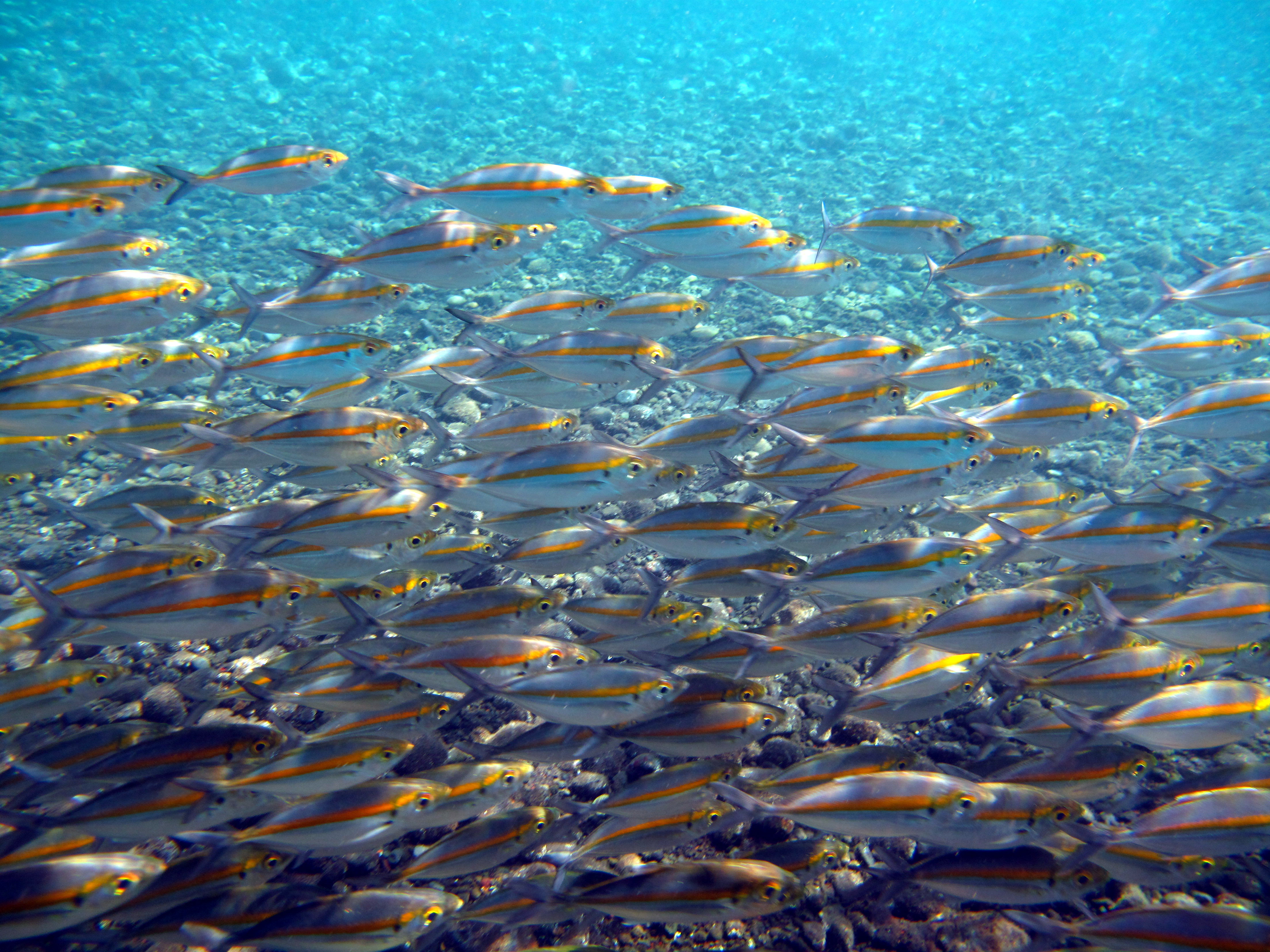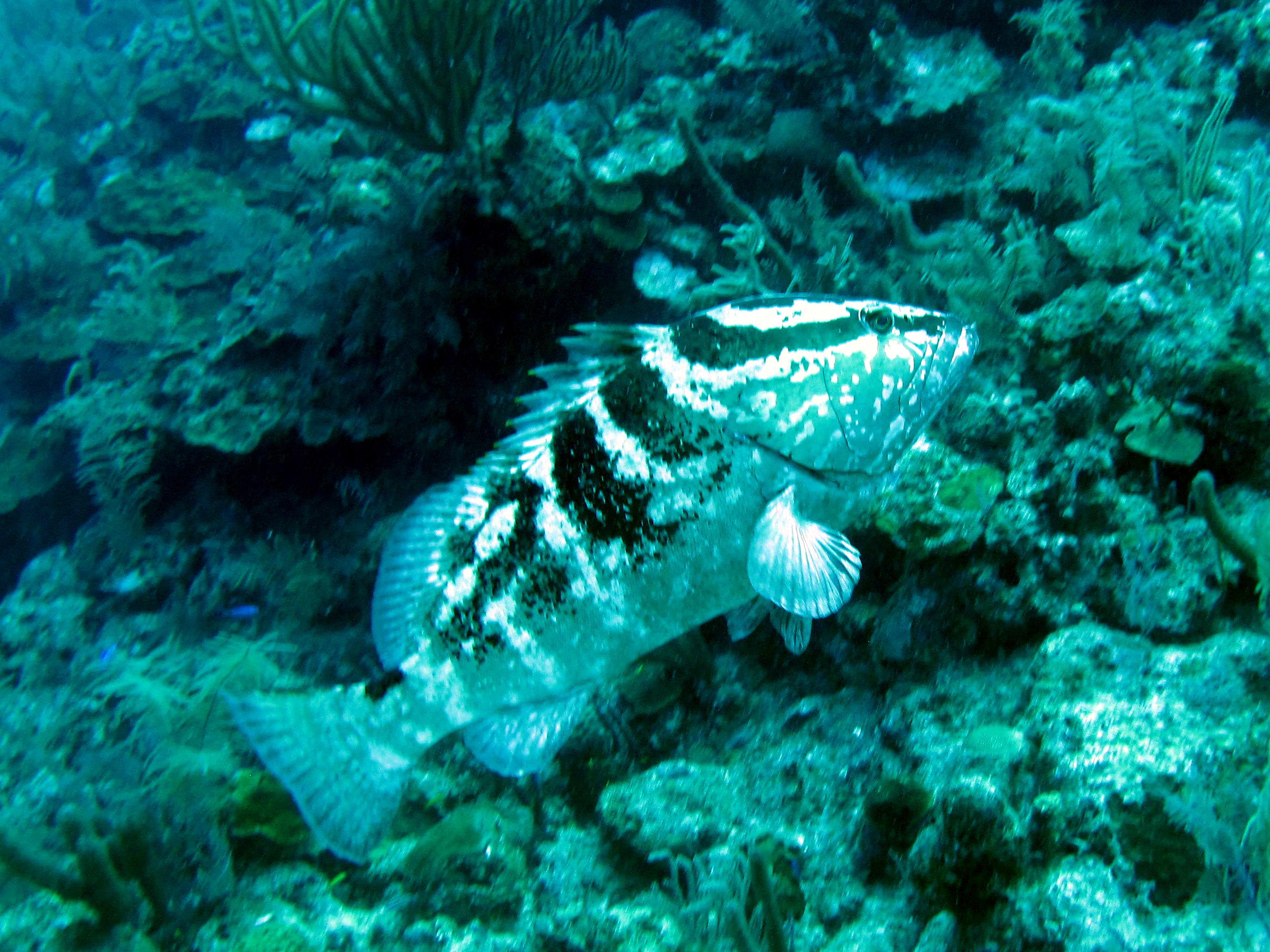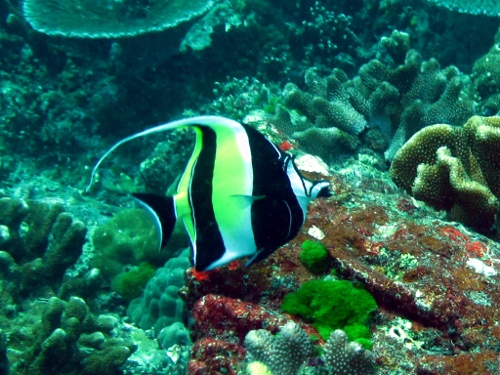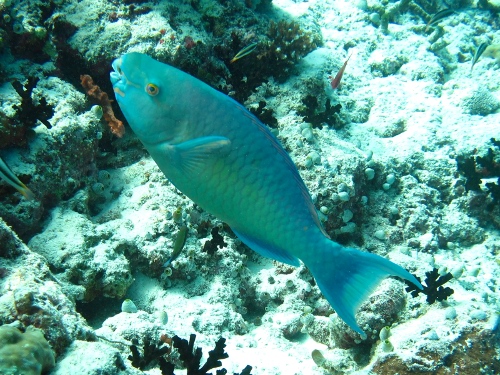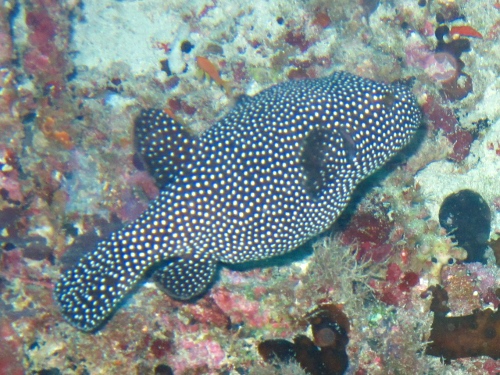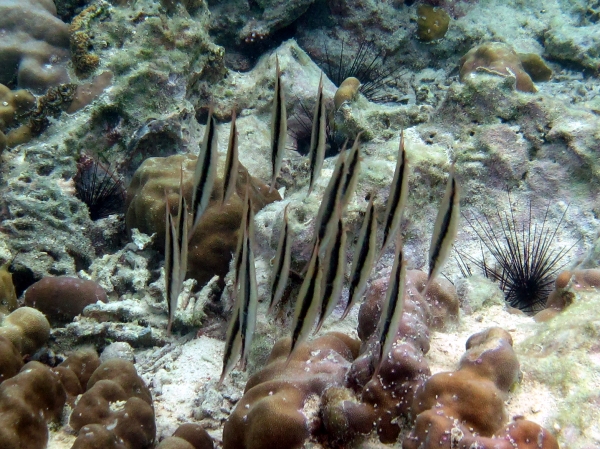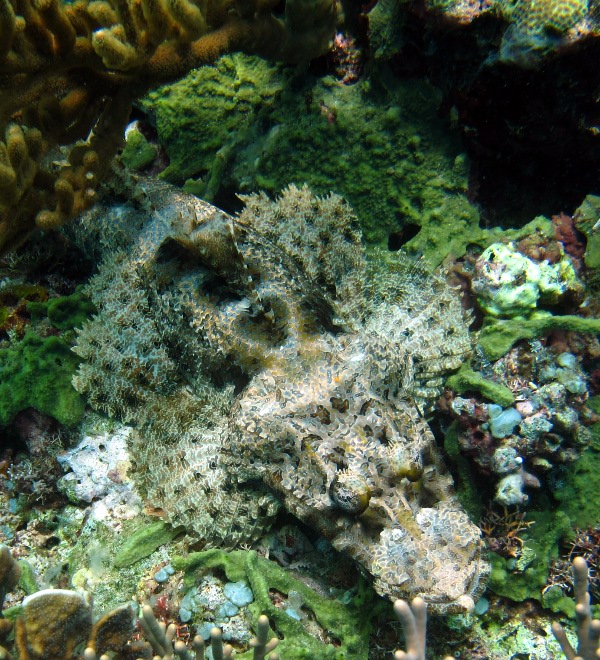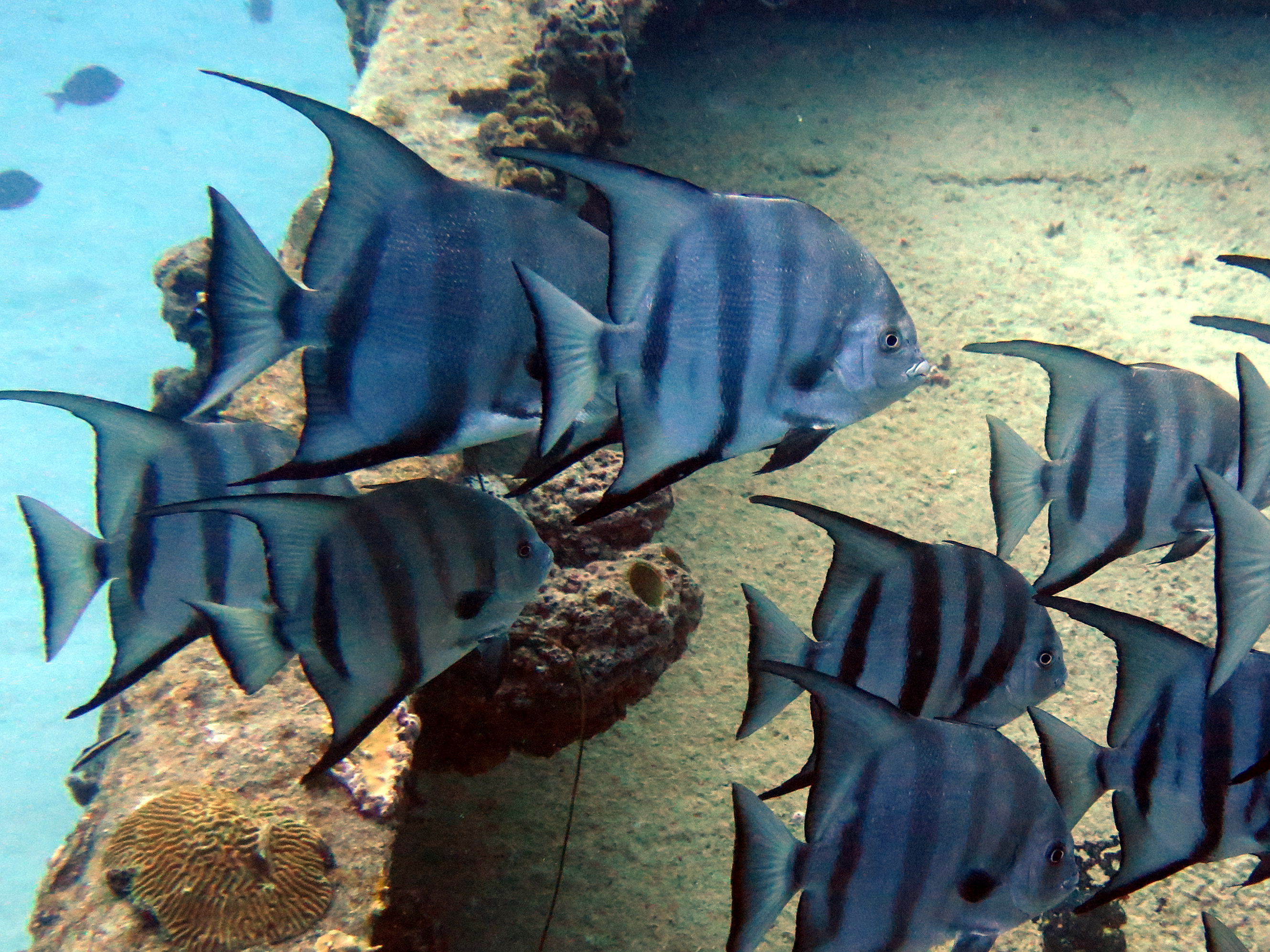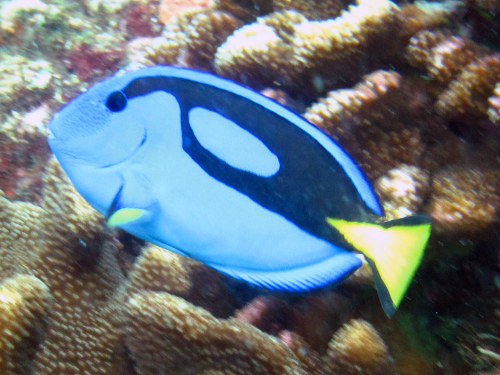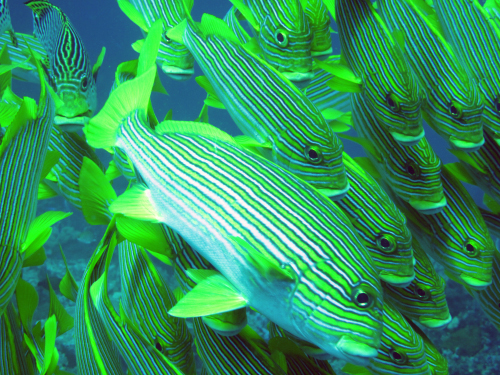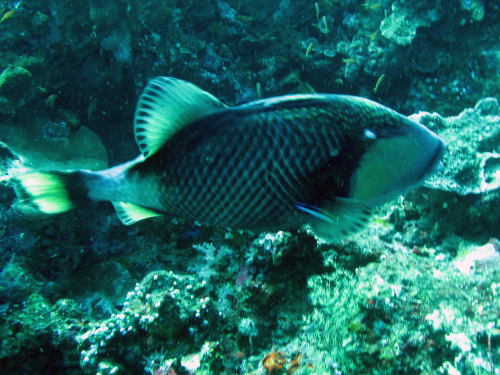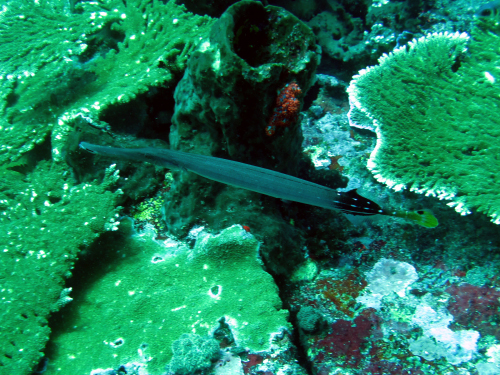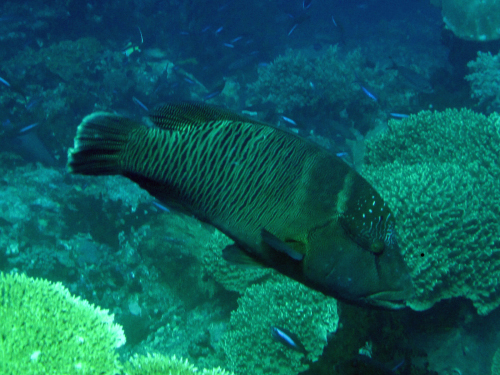Anemonefish I’ve spotted on my dives, by the SEA Undersea Guide.
Angelfish I’ve spotted on my dives, by the SEA Undersea Guide.
Anthias I’ve spotted on my dives, by the SEA Undersea Guide.
Butterflyfish I’ve spotted on my dives, by the SEA Undersea Guide.
Damselfish I’ve spotted on my dives, by the SEA Undersea Guide.
Filefish I’ve spotted on my dives, by the SEA Undersea Guide.
Frogfish I’ve spotted on my dives, by the SEA Undersea Guide.
Groupers I’ve spotted on my dives, by the SEA Undersea Guide.
Puffers I’ve spotted on my dives, by the SEA Undersea Guide.
Scorpionfish I’ve spotted on my dives, by the SEA Undersea Guide.
Spadefish I’ve spotted on my dives, by the SEA Undersea Guide.
Surgeonfish I’ve spotted on my dives, by the SEA Undersea Guide.
Sweetlips I’ve spotted on my dives, by the SEA Undersea Guide.
Trigger fish I’ve spotted on my dives, by the SEA Undersea Guide.
Wrasse I’ve spotted on my dives, by the SEA Undersea Guide.
